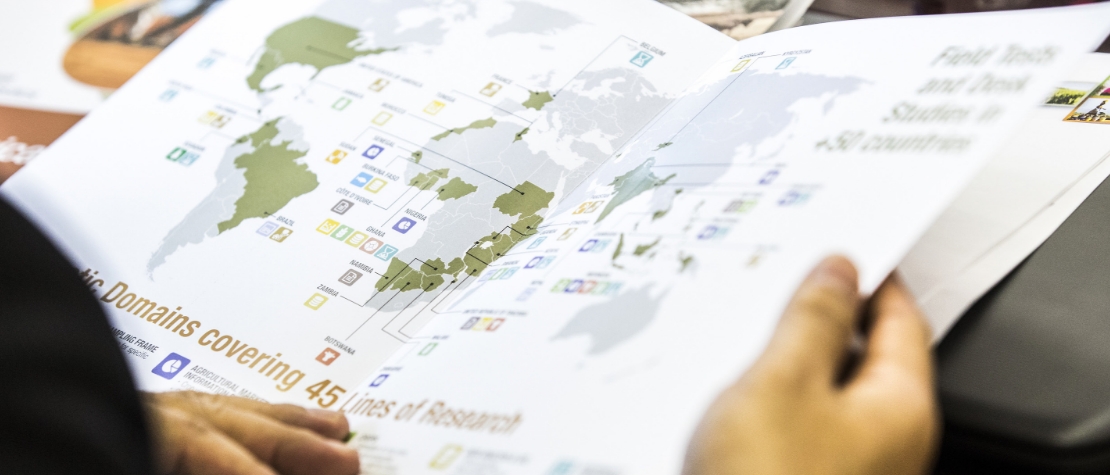المواد المقدمة في هذا الفرع متاحة فقط باللغة الانكليزية.
تنمية القدرات الإحصائية

تتمثل إحدى المهام الرئيسية للمنظمة في دعم البلدان الأعضاء لتنمية قدرات أنظمتها الإحصائية وتمكينها من جمع ونشر واستخدام البيانات المهمةوالموثوقة والحينية. من خلال تعزيز قدرة البلدان في هذا المجال، تساهم المنظمة في إتاحة الأدوات الرئيسية لدعم التحليل وأخذ
القرارات القائمة على الأدلة للإجراءات الوطنية والإقليمية والعالمية.
